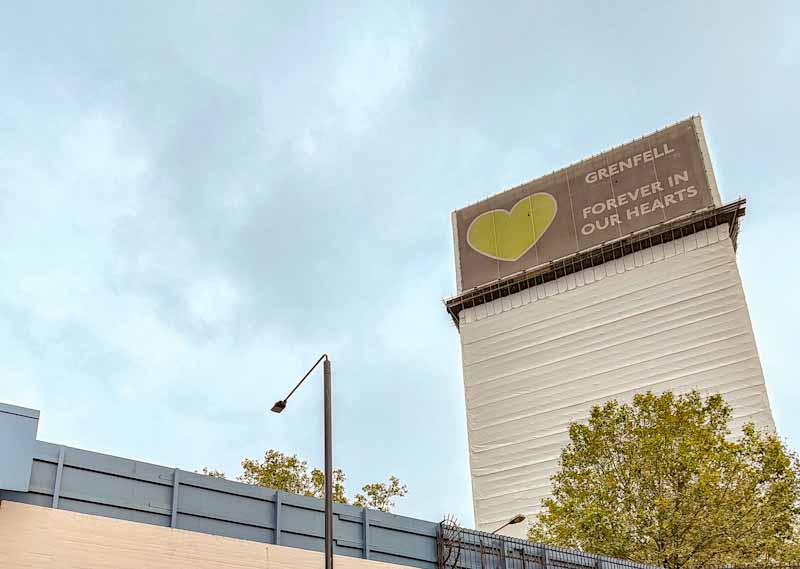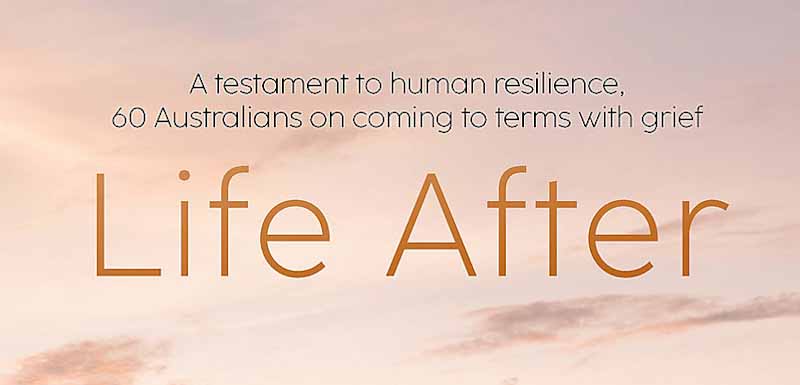Is it reasonable to apply the findings of a coronial inquiry into a theme park disaster to a “low-risk” administrative office environment? Well, one occupational health and safety management system (OHSMS) is much like another.
Administrative and office work environments are much less likely to experience work-related traumatic deaths as there are few unguarded conveyor belts or forklifts darting around, so coronial inquiries are few. However, the requirements imposed by OHS laws are the same in both types of workplaces, and audits do not assess workplaces, only the OHSMS operating in those workplaces. For instance, an analysis of the OHSMS in place at Dreamworld in 2016 is relevant to an office or warehouse for a construction site or childcare centre in another Australian State.







